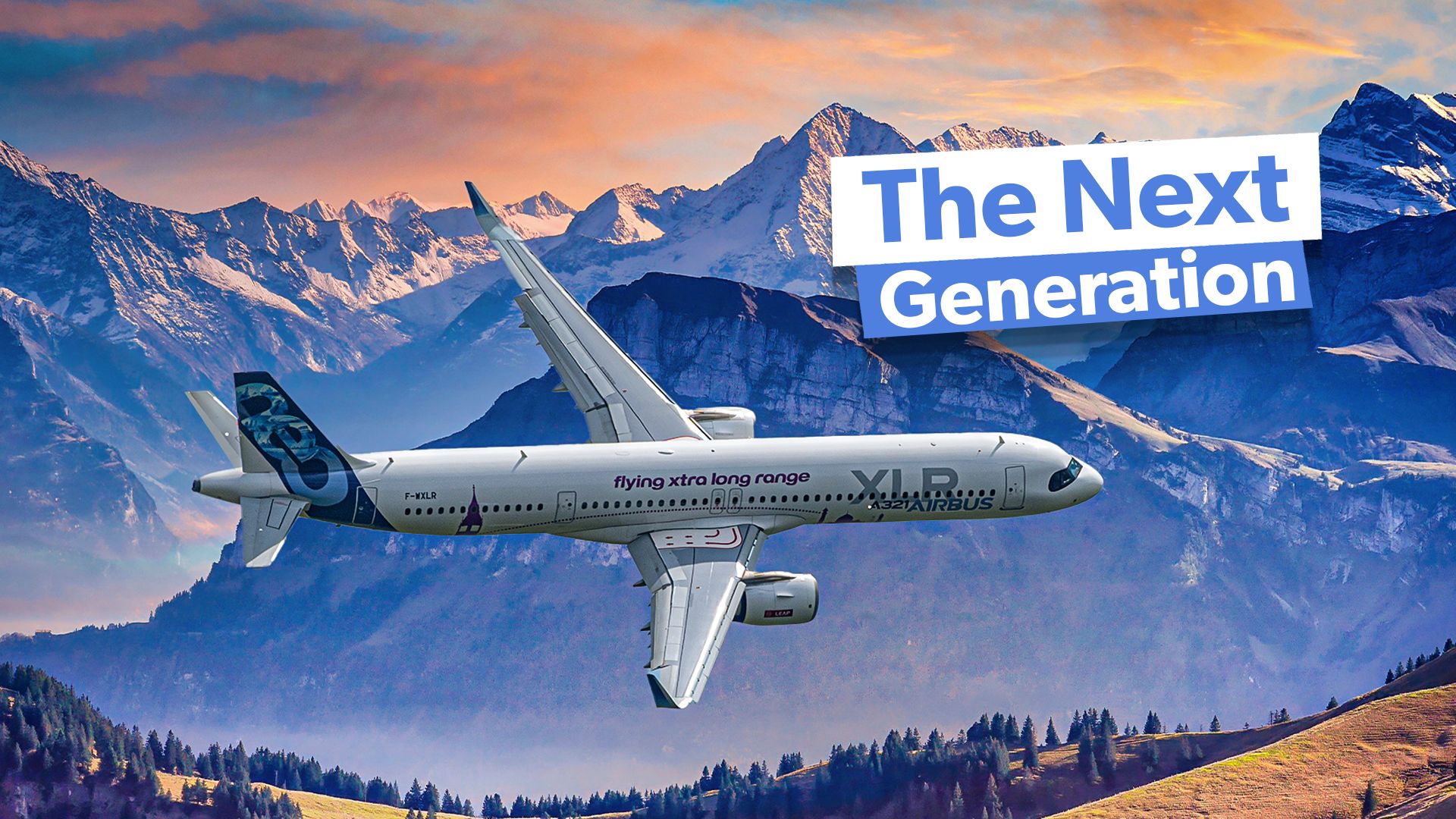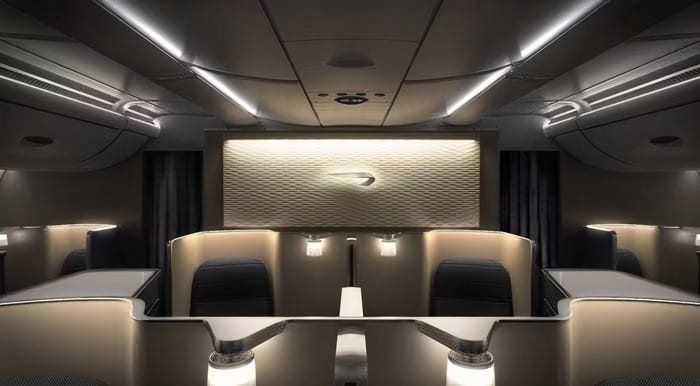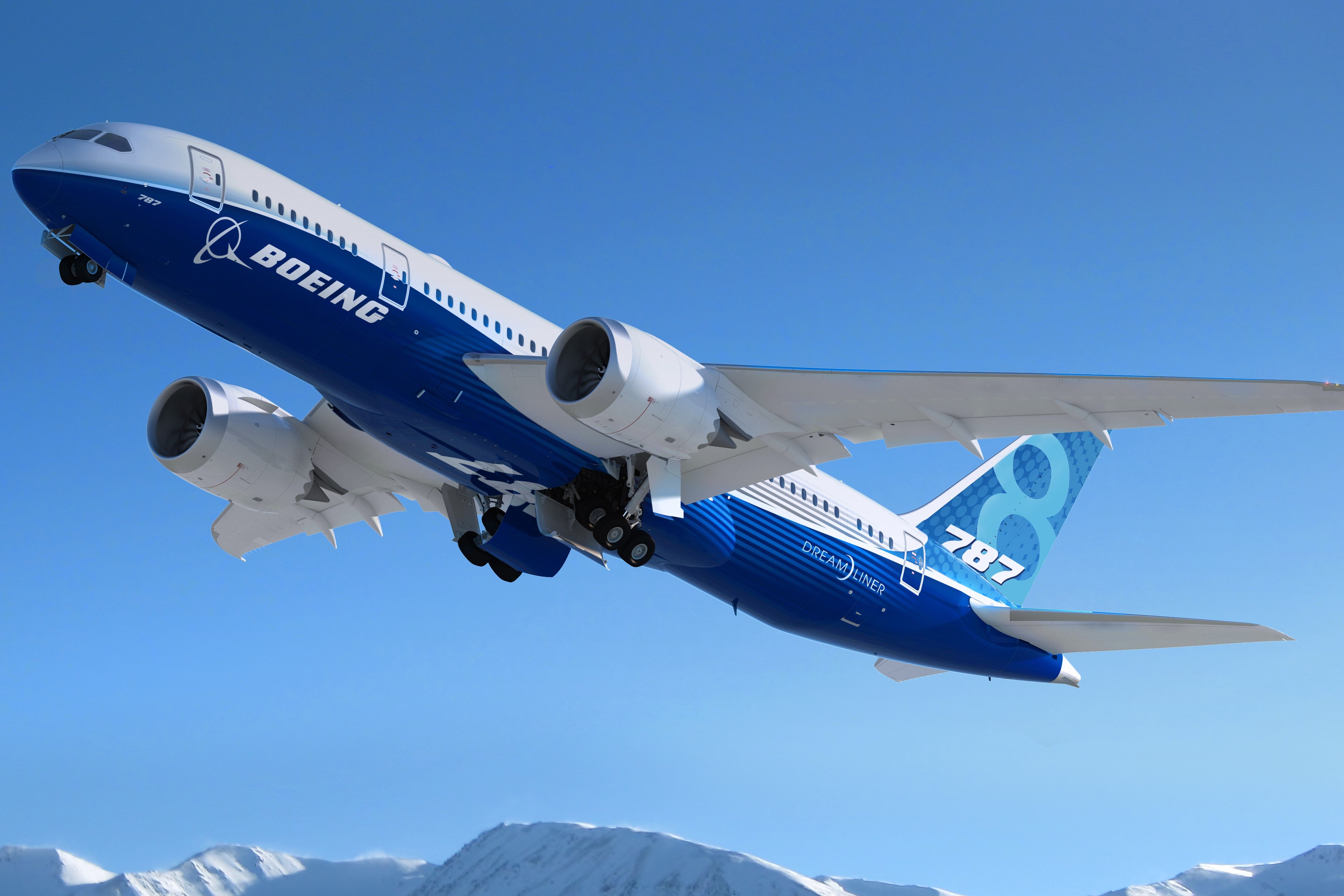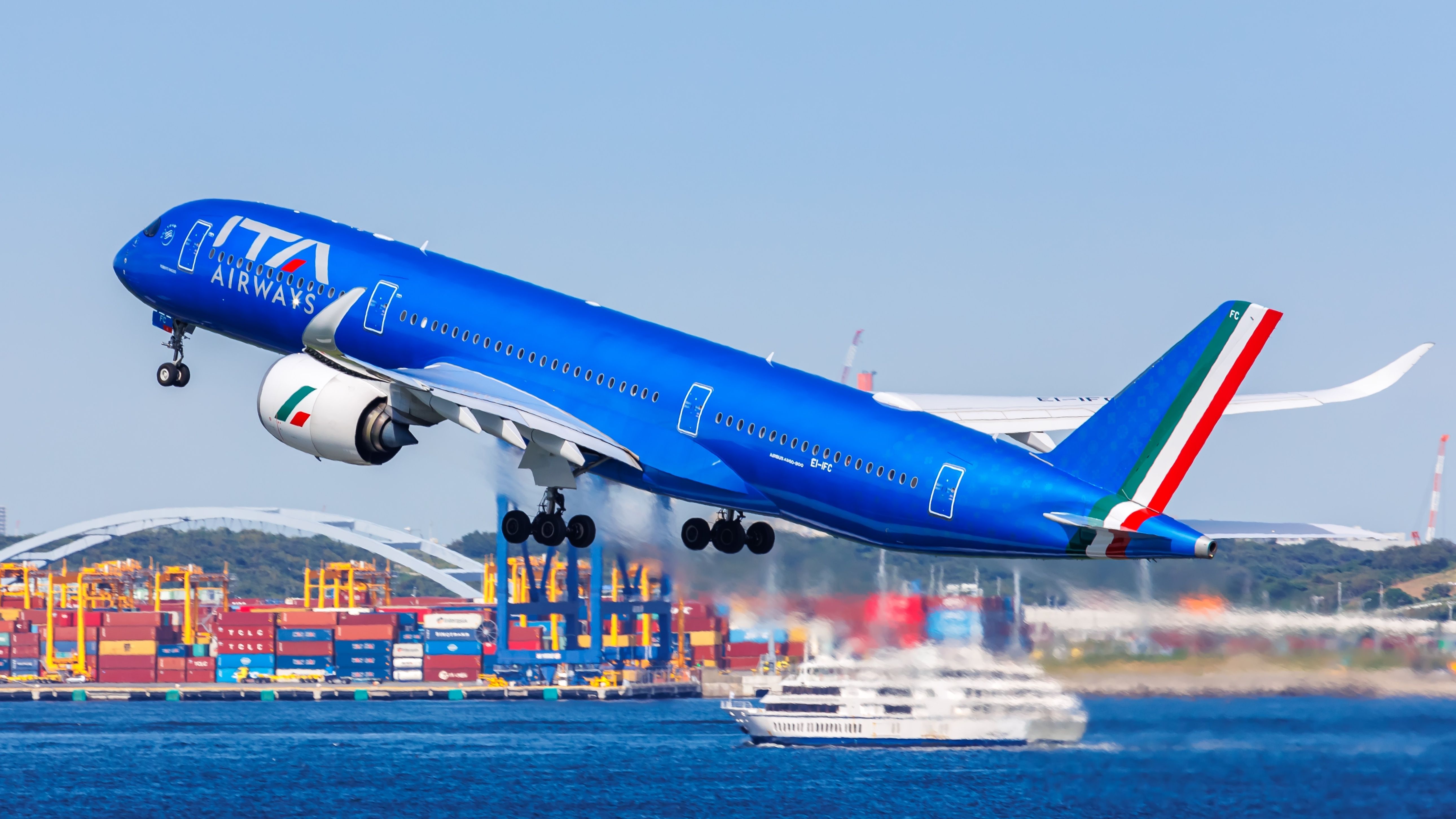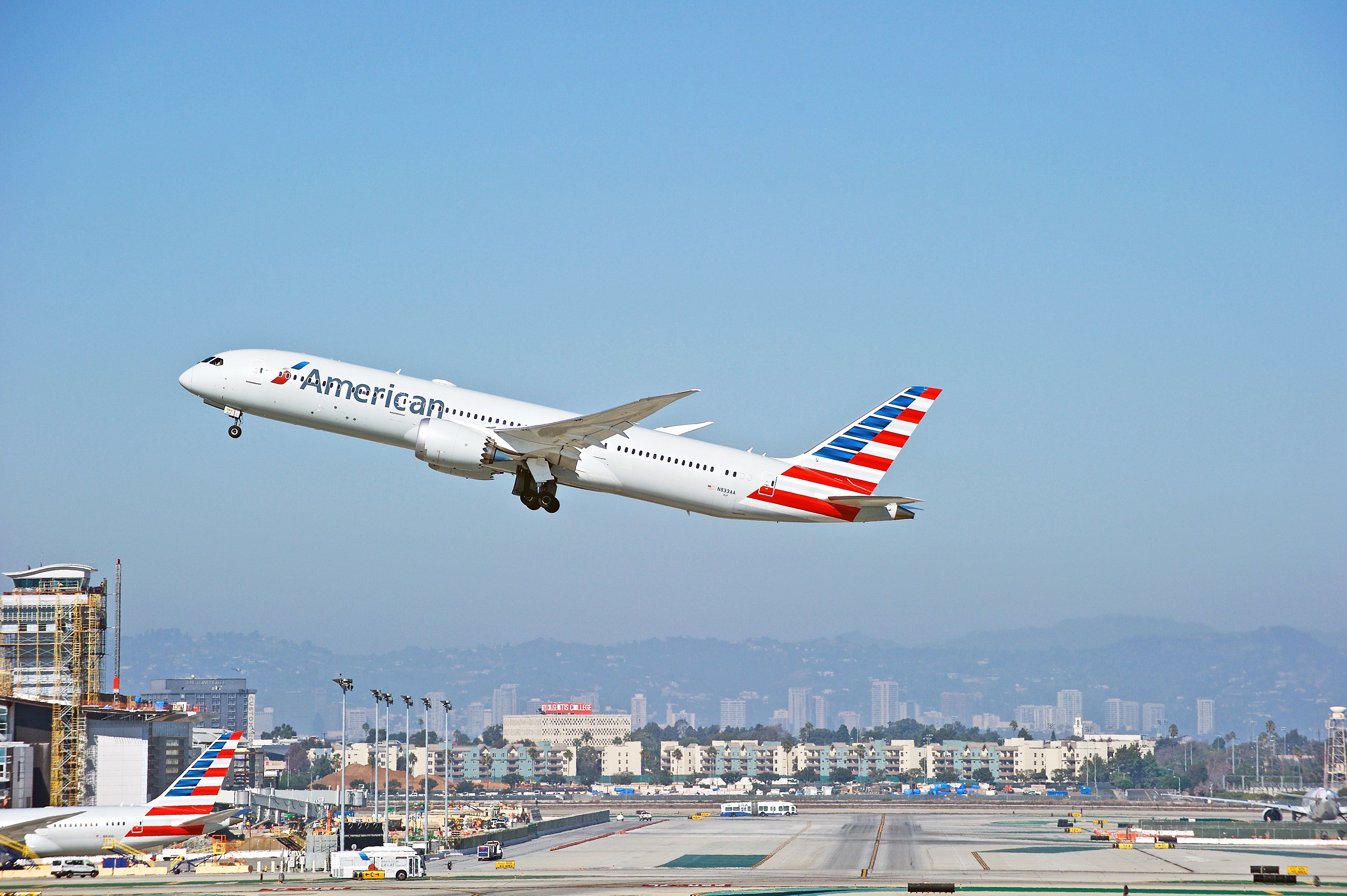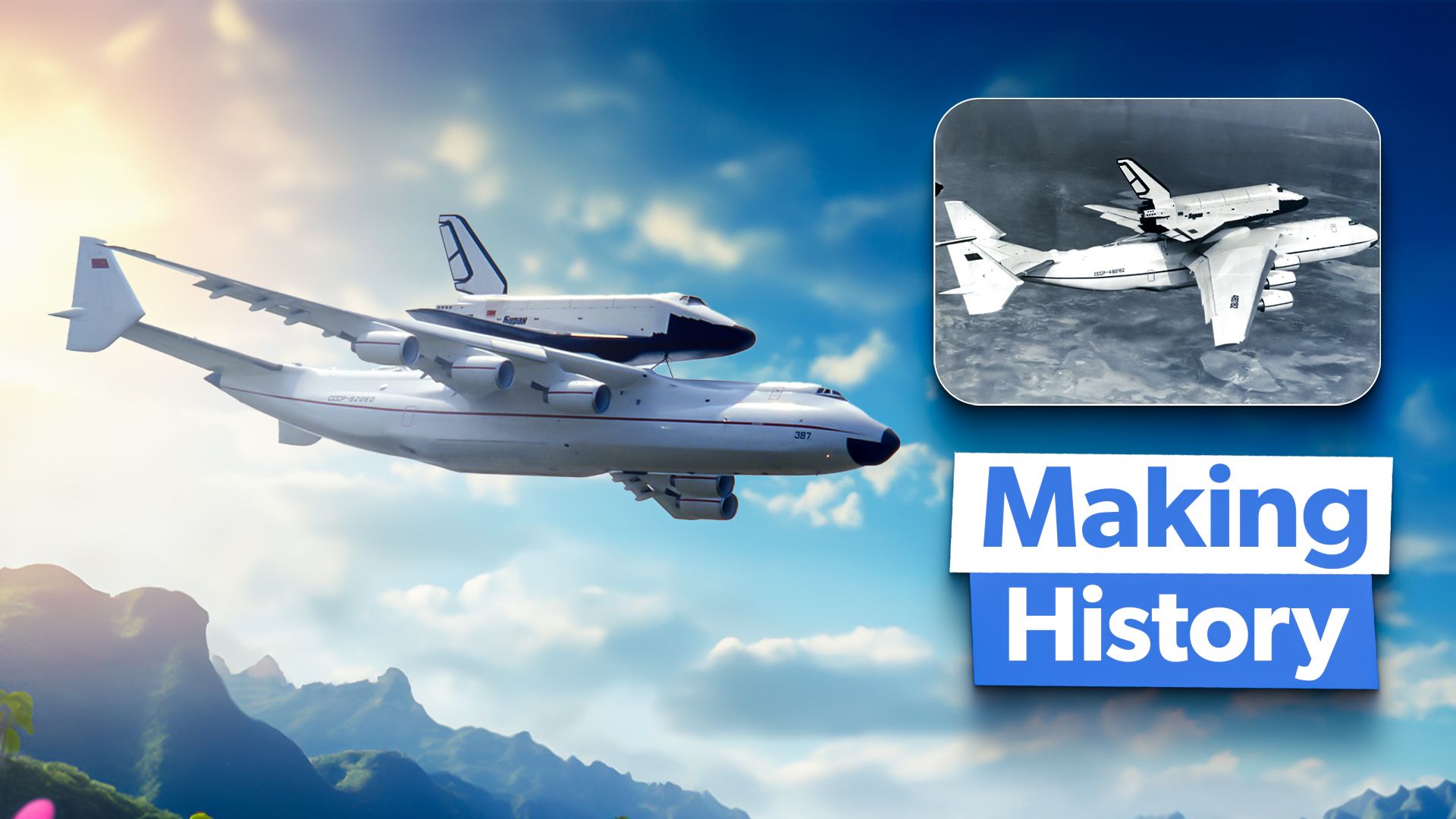Summary
- New-generation aircraft address sustainability and environmental challenges with advanced aerodynamics, lightweight materials, and efficient engines, reducing fuel consumption and CO2 emissions.
- They cater to passengers’ evolving needs with state-of-the-art amenities, innovative features, and cutting-edge technologies, enhancing comfort and convenience.
- New-generation aircraft help airlines stay competitive by offering lower maintenance costs, higher reliability, and expanded network capabilities while meeting regulatory compliance and contributing to global sustainability goals.
Ever heard of the saying “change is the only constant”? While this is applicable to many aspects of life, it also holds true for the aviation industry. The aviation landscape is in a constant state of evolution, driven by technological advancements, environmental considerations, and ever-changing passenger expectations.
New-generation aircraft are at the forefront of this transformation, meeting the demands of passengers and offering solutions to the pressing challenges faced by airlines today. Shockingly, only 28% of the global fleet today are new-generation aircraft, as Simple Flying heard from Airbus at a recent media event. Now, more than ever, there is a need to shift to advanced technology airliners – but why?
Sustainability and environmental challenges
One of the most significant drivers of the development and adoption of new-generation aircraft is the need to address sustainability and environmental challenges. The aviation industry is a substantial contributor to global carbon emissions, and there is an urgent need to reduce its environmental footprint.
Photo: Alexey_MAV | Shutterstock
New-generation aircraft, such as the Airbus A330neo and Boeing 787 Dreamliner, are designed with advanced aerodynamics, lightweight materials, and more efficient engines, significantly reducing fuel consumption and CO2 emissions.
Moreover, these aircraft are increasingly compatible with Sustainable Aviation Fuel (SAF), which can reduce carbon emissions by up to 80% over its lifecycle compared to traditional jet fuel, per BP.
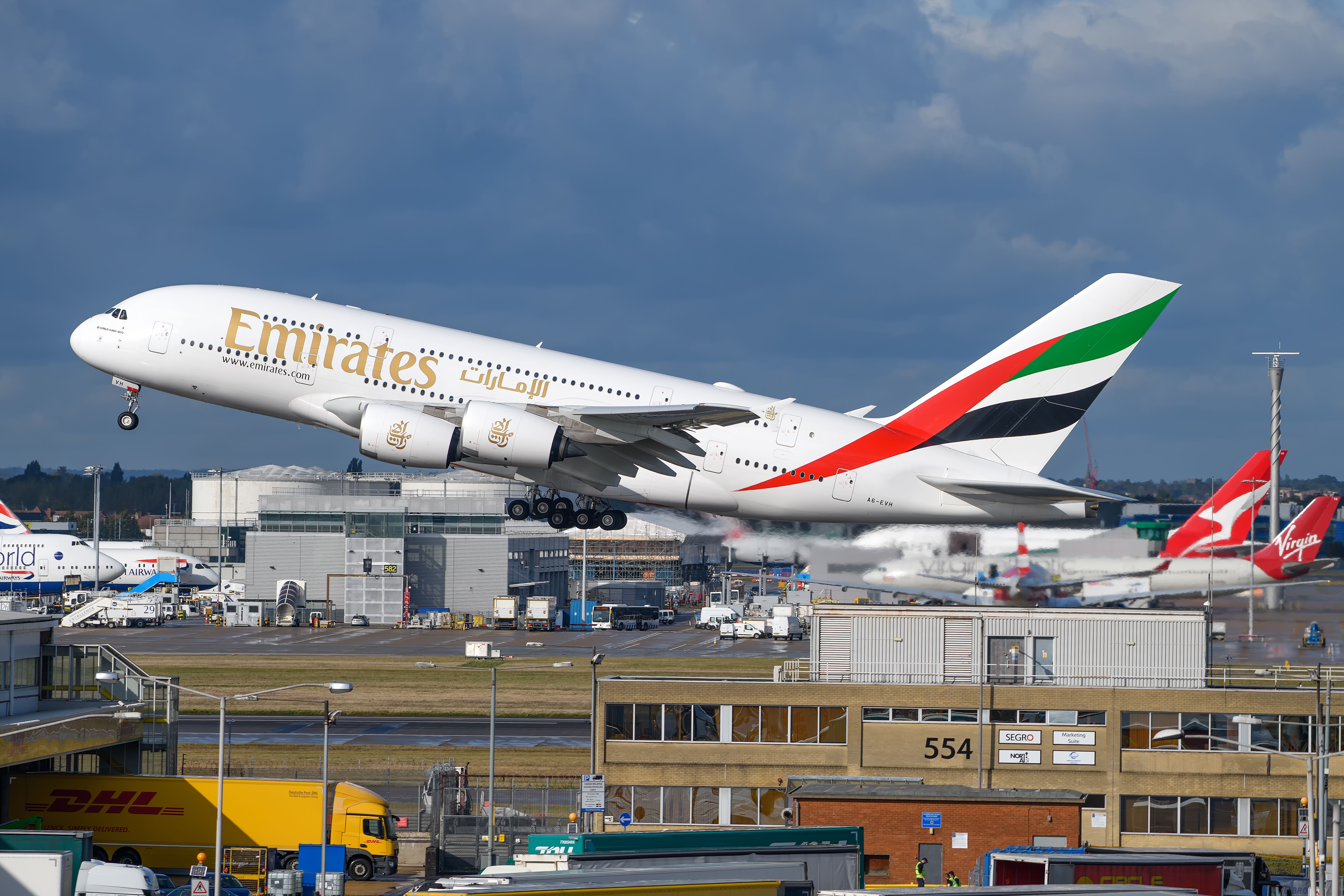
Related
Emirates Begins Operating With Sustainable Aviation Fuel At London Heathrow
This is the latest in a series of other SAF-related investments by Emirates.
As governments and regulatory bodies worldwide impose stricter emissions standards, the adoption of new-generation aircraft becomes crucial for airlines to comply with these regulations and contribute to global sustainability goals.
Meeting the needs and demands of passengers
In today’s competitive market, airlines are under constant pressure to differentiate themselves by delivering innovative experiences to passengers. New-generation aircraft provide a platform for airlines to introduce cutting-edge technologies and unique services.
Photo: British Airways
Modern travelers have higher expectations than ever before, demanding comfort, convenience, and connectivity. New-generation aircraft are designed to meet these needs with state-of-the-art amenities and innovative features. For instance, according to Boeing, the 787 Dreamliner offers larger windows, improved cabin pressure, and advanced air filtration systems, enhancing passenger comfort and reducing jet lag.
Photo: Boeing
Additionally, new-generation aircraft are equipped with the latest in-flight entertainment systems, high-speed Wi-Fi connectivity, and more spacious seating arrangements. These features cater to the evolving needs of passengers who expect a seamless and enjoyable travel experience. Airlines that operate these advanced aircraft can attract more passengers by offering a superior level of service and comfort.
The need for airlines to stay competitive
The airline industry is highly competitive, and staying ahead requires continuous innovation and efficiency improvements. New-generation aircraft play a pivotal role in helping airlines achieve these goals. These aircraft are not only more fuel-efficient but also offer lower maintenance costs and higher reliability, resulting in reduced operational expenses.
Photo: Malaysia Airlines
Furthermore, the improved performance of new-generation aircraft enables airlines to operate more direct and long-haul routes, expanding their network and reaching new markets. For example, the extended range of the Airbus A350 allows airlines to connect cities that were previously unreachable without a layover, offering passengers more convenient travel options, per Airbus.
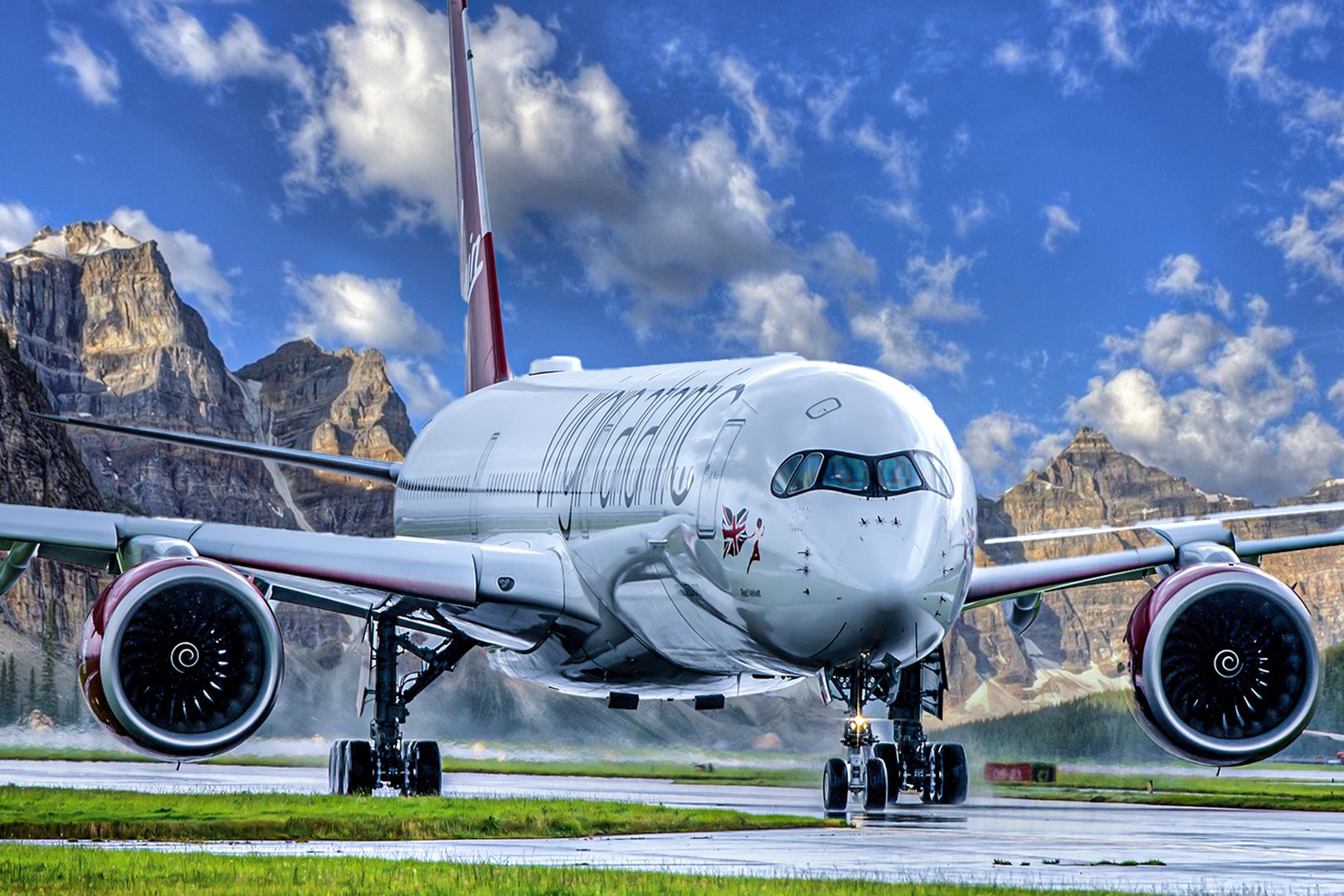
Related
Pride Of The Fleet: Virgin Atlantic’s Top 5 US Routes With The Airbus A350
These are some of the European carrier’s most profitable A350 routes.
The advanced design of new-generation aircraft also allows for creative cabin configurations, such as private suites and onboard lounges. These innovative features can significantly enhance the passenger experience, making air travel more appealing and comfortable. By replacing their aging fleet with new-generation aircraft, airlines can stay ahead of the curve and set themselves apart in a crowded marketplace.
Photo: Markus Mainka | Shutterstock
All in all, the use of new-generation aircraft can enhance an airline’s brand image, signaling a commitment to sustainability, innovation, and customer satisfaction. This positive perception can attract more passengers, boost customer loyalty, and ultimately increase market share.
Regulatory compliance
As environmental concerns continue to grow, governments and international organizations are imposing stricter regulations on emissions and noise levels. Initiatives like the International Air Transport Association’s (IATA) Fly Net Zero commitment and the International Civil Aviation Organization (ICAO)’s long-term global aspirational goal (LTAG) for international aviation of net-zero carbon emissions by 2050 further encourage manufacturers and airlines to opt for advanced and more sustainable aircraft.
New-generation aircraft are designed to meet and exceed these regulatory requirements, ensuring compliance with current and future standards. By adopting these advanced aircraft, airlines can avoid potential penalties and operational restrictions, maintaining their ability to operate globally without disruptions.
The future of aviation
Although, as previously mentioned, only 28% of today’s aircraft are new-generation, there is a positive trend in the adoption of these advanced airliners. According to data shared by Airbus, in 2017, only 5% of the global fleet comprised new-generation aircraft. In 2019, this figure exponentially grew to 13% before nearly doubling to 25% the following year.
Photo: Philip Pilosian | Shutterstock
Based on this trajectory, it is apparent that airlines are increasingly recognizing the need to update their fleets. By investing in these cutting-edge aircraft, they can ensure a sustainable, efficient, and enjoyable future for air travel.
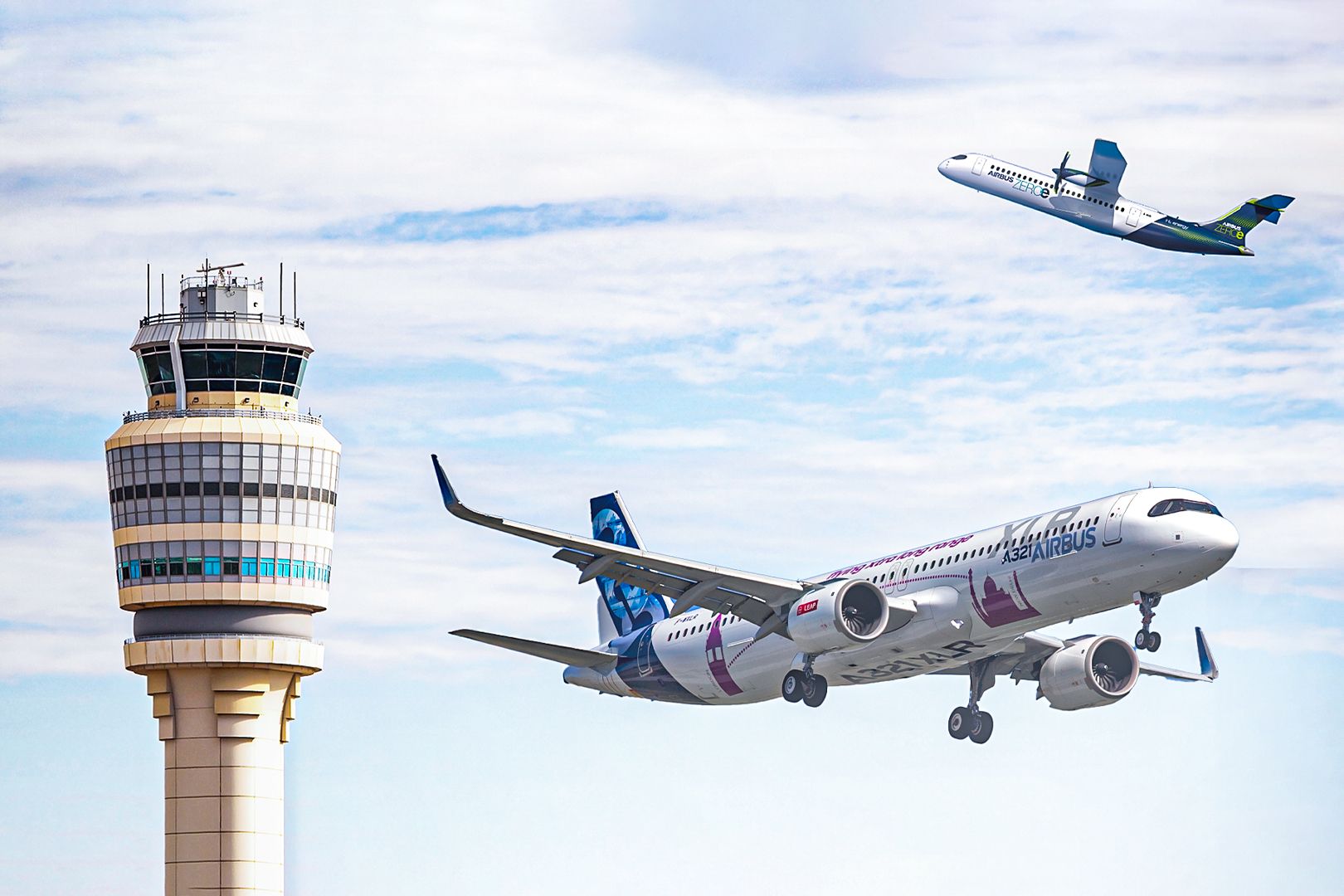
Related
Sustainability: Here’s How Airbus Is Working Towards Net-Zero By 2050
Airbus spoke to Simple Flying about hydrogen-powered aircraft, the A380, and its yearly $2 billion investment in sustainable innovations.
As the aviation industry continues to evolve, the adoption of new-generation aircraft will be essential for airlines to meet the demands of modern travelers, comply with regulatory requirements, and maintain a competitive edge in a rapidly changing market.

